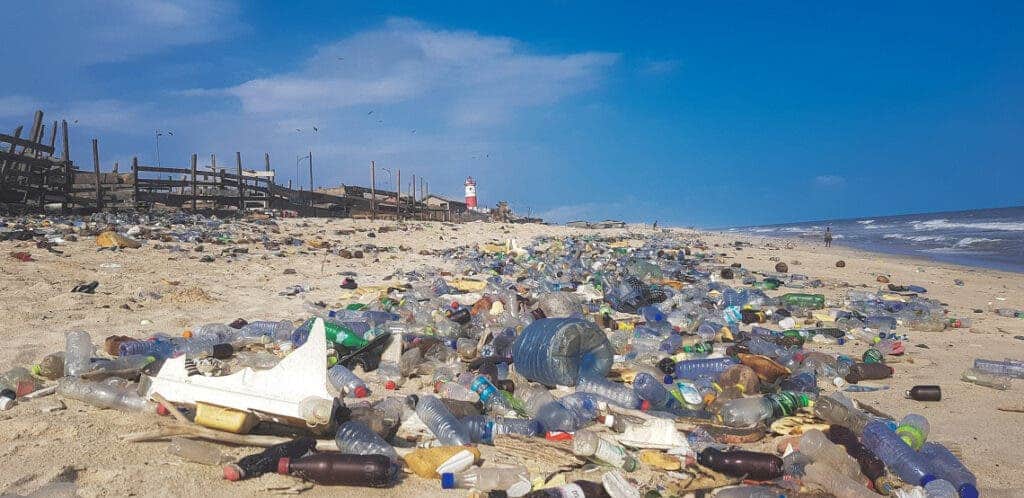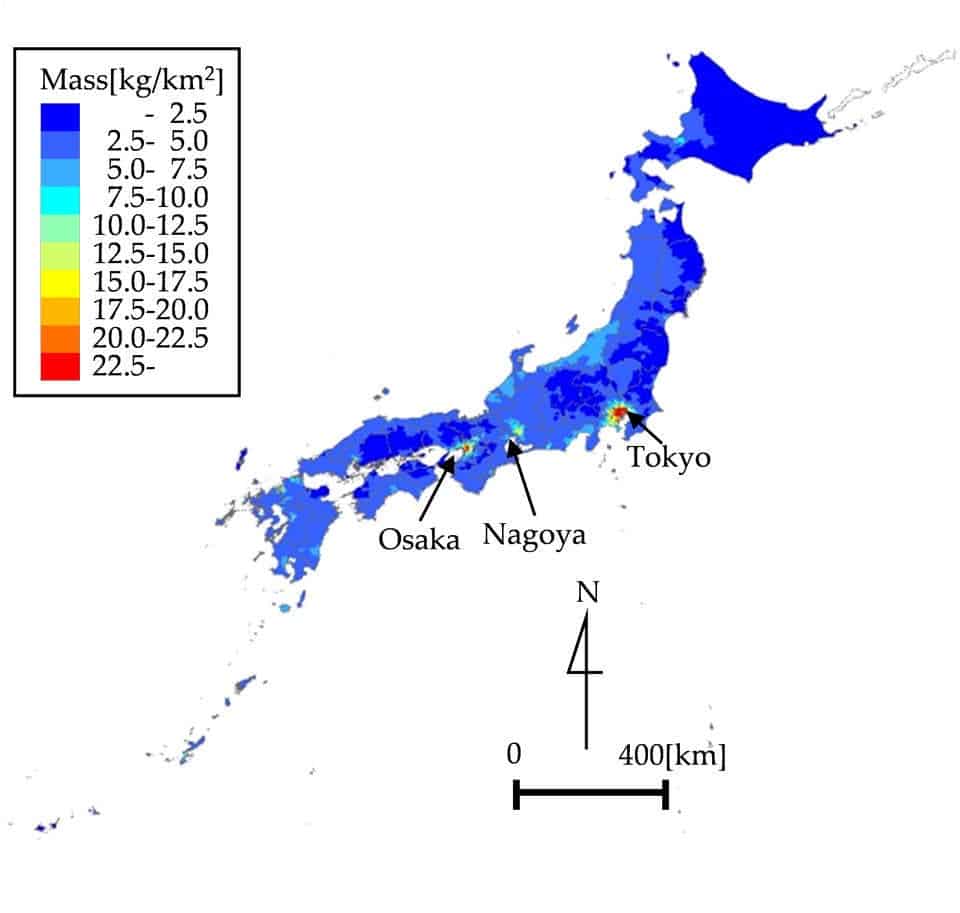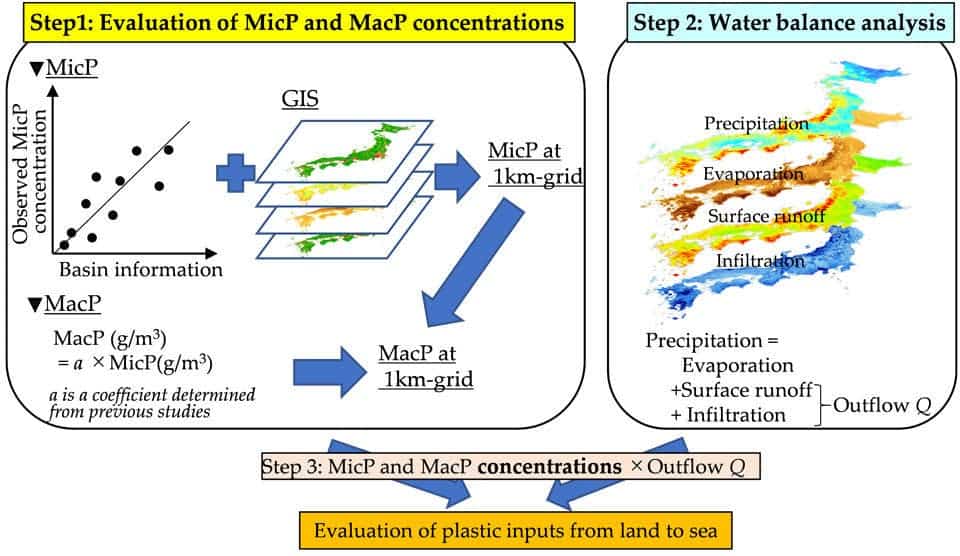Plastic has essentially become an indispensable part of our lives thanks to its many advantages, such as its lightweight and robustness.
But the same advantages become disadvantages when plastic is released into the environment, where it’s likely to remain for centuries.

That’s why plastic pollution is one of the most challenging environmental problems of our time and why many researchers are trying to develop innovative approaches to prevent its accumulation in the oceans.
In Japan, a group of researchers came up with a new idea to tackle plastic pollution. They developed a method to evaluate high-resolution maps of plastic emissions from the land into the sea offshore of Japan, without using mismanaged plastic waste.
“If plastic waste continues to flow into the sea, the amount of plastic waste will increase. To prevent this, it is necessary to clearly indicate where and how plastic debris is currently being generated,” said in a statement Prof Yasuo Nihei from the Tokyo University of Science.

The researchers focused on the two large groups of plastics, microplastics (MicP) and macroplastics (MacP). As the first ones usually measure less than five millimeters, it’s particularly important to track and control them, the team argues. They are very difficult to recover once they enter the ocean and they can be eaten by marine organisms or float.
First, the team measured the concentration of microplastics in 70 rivers and 90 sites in Japan, looking at the relation between microplastic concentration and land characteristics. Then, they collected the ratio of MacP and MicP concentrations to obtain the MacP concentration.

The team then carried out a water balance analysis to obtain outflow discharge at 1 km grids, measuring precipitation of water through evaporation, runoff and underground infiltration.
Finally, they calculated total plastic emission, the product of MicP and MacP concentrations and outflow discharge.
The findings showed microplastic concentrations and basin characteristics were correlated, which means that the physical features of water bodies dictate the amount of plastic waste accumulated. The analysis also helped estimate the annual plastic emission in Japan.
The researchers worked with a high-resolution map of plastic emission over 1 km grids across Japan and identified the most critical areas due to plastic pollution. Rivers near urbanized areas such as Tokyo, Nagoya and Osaka were found to be hotspots for plastic emissions, areas in which controls should be strengthened.
“Our findings provide new insights that may be used to draft countermeasures against plastic emissions, thereby reducing outflow of marine pollutants from Japan. We also introduce a new method that can be used to evaluate plastic inputs in other regions of the world,” said professor Nihei.
Japan’s government has said that 86% of the 9 million tons of plastic waste the country generates every year is recycled, with just 8% burned and the rest sent to landfills. But actually around 58% of the discarded plastic ends up being sent for what’s called thermal recycling, burning it to produce heat and electricity.
The study was published in the journal MDPI.






